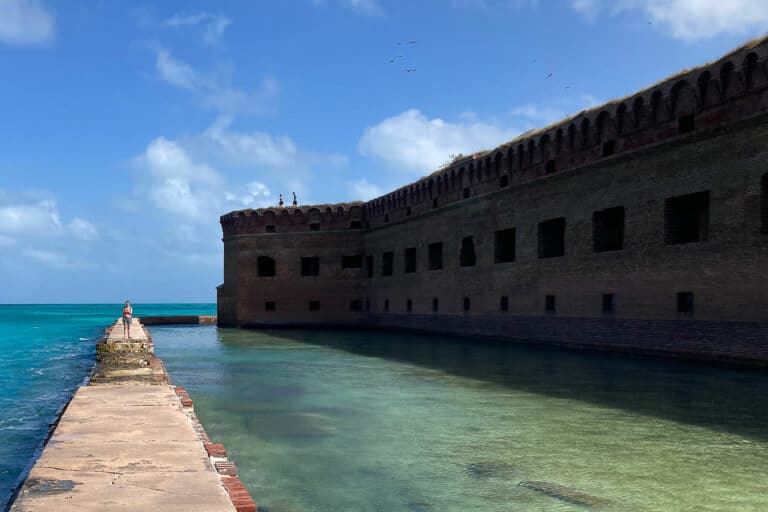Trump administration legalizes toxic cyanide bombs to kill wildlife
In a nod of support to some ranchers and farmers, the Trump administration has reauthorized the use of cyanide bombs to kill wildlife. The bombs are spring-loaded traps containing sodium cyanide and are meant to kill nuisance animals that attack the livestock of private ranchers and farmers, such as fox, bear, coyote, birds and more.
Environmental activists warn that the poison used in the bombs can contaminate the environment and have untended victims, such as other wildlife, pets, and people. According to Wildlife Services data reported on Huffpost, the poison bombs killed 6,579 animals, primarily coyotes and foxes, in 2018, down from 13,232 animals the previous year. Hundreds of the deaths were of non-target animals such as raccoons, skunks, and bears.
New rules could limit climbers on Everest
Nepali officials have proposed new safety rules on Mt. Everest that would prohibit inexperienced climbers from attempting to summit the world’s tallest mountain. The rule would require would-be climbers to prove that they have summited another major peak before they are issued a permit to climb Everest. Tourism companies would also have to have at least three years experience leading high-altitude expeditions before they could lead climbers up Everest.
“Everest cannot be climbed just based on one’s wishes,” Nepal’s tourism minister said at a news conference. “We are testing their health condition and climbing skills before issuing climbing permits.” The new rules have been under consideration for several months and are expected to go before Nepal’s Parliament before the next climbing season.
Microplastics found in Arctic snow
The first study to look at microplastics in snow has discovered the small pieces of plastic in Arctic snow. While microplastics have long been found in the Arctic, this study attempted to identify how the microplastics ended up in the snow to begin with.
Researchers found significant microplastics in the “smallest size range” in the Arctic, indicating “significant contamination of the atmosphere.” Varnish and rubber were both found in the Arctic snow samples, as was polyethylene, which makes grocery bags and children’s toys, and polyamide, which makes synthetic fabrics and carpets. The study concluded that the microplastics were potentially carried to the Arctic via the air, but that more research is needed to understand the health effects of airborne microplastics.








